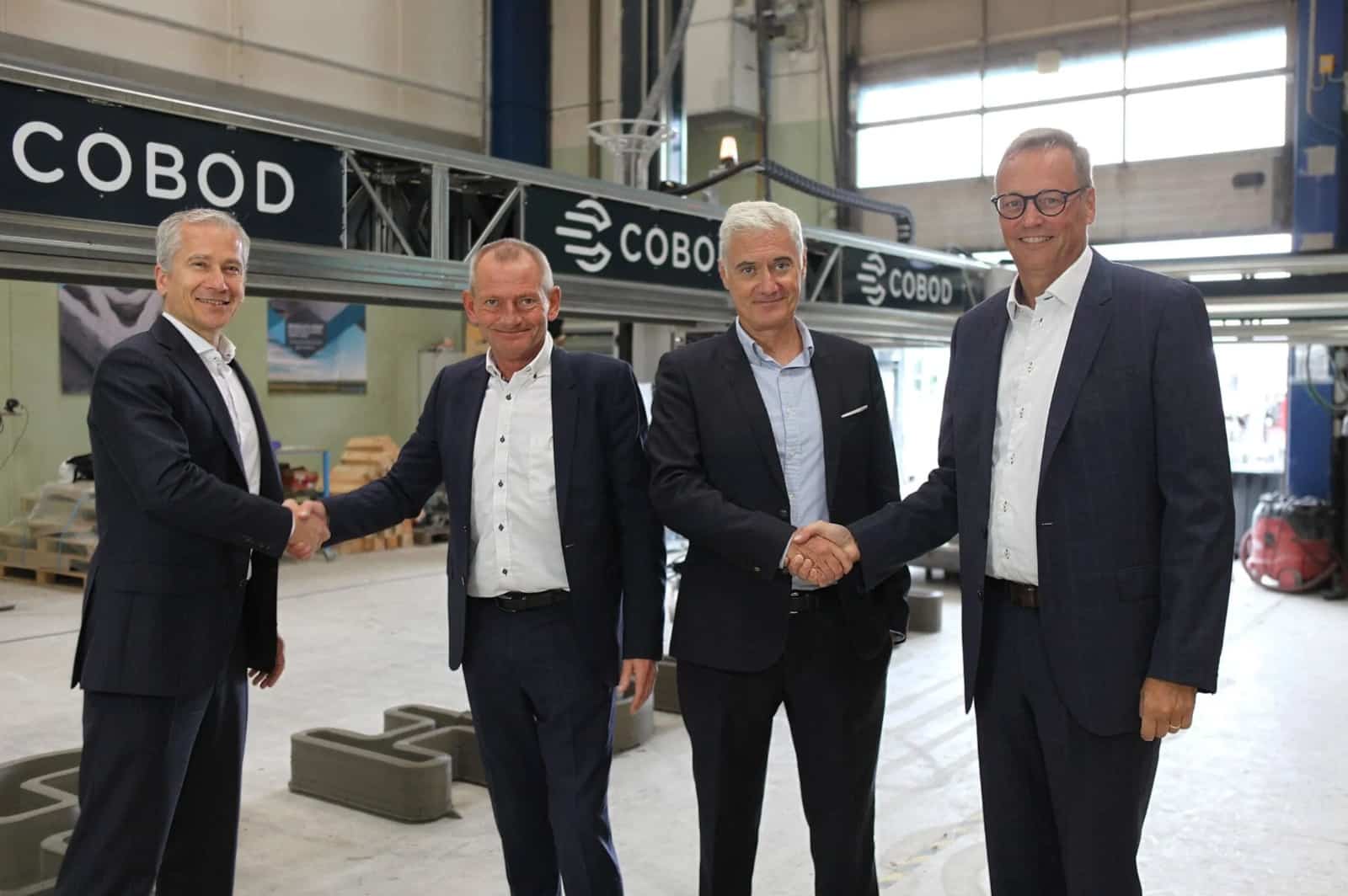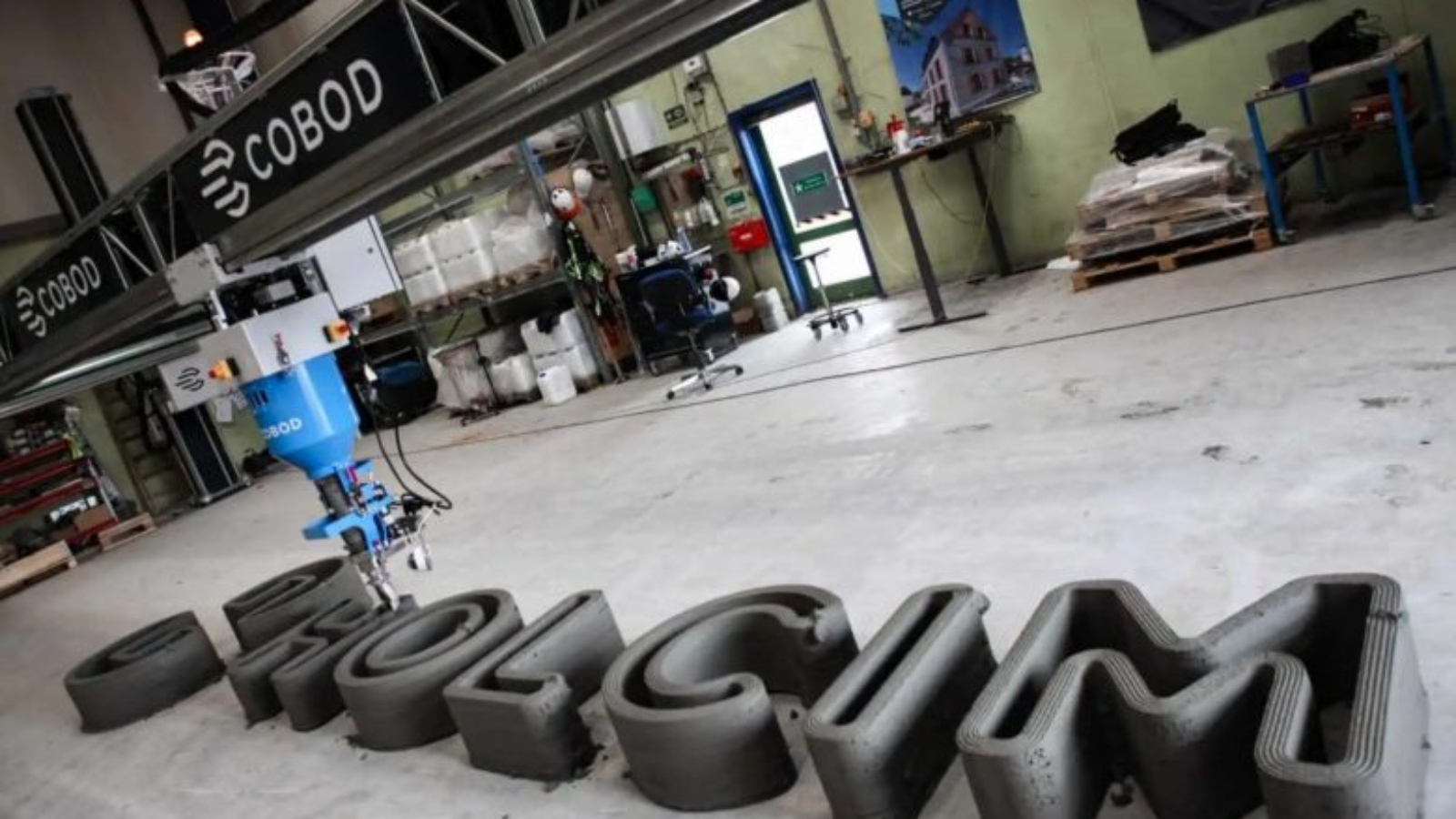Holcim has
Holcim is driving circular construction as a global leader in recycling, as well as a global leader in innovative and sustainable building solutions. With sustainability at the core of its strategy, Holcim is enabling greener cities, and smarter infrastructure, and is improving living standards around the world.

Previously, the two companies have successfully collaborated on a range of innovative building projects, from 3D printed windmill tower bases with GE, to the world’s first 3D printed school in Malawi, and Africa’s largest 3D printed affordable housing project in Kenya.
Manufacturing on Demand
“At Holcim, we are continuously expanding our range of building solutions to build more with less so that we can improve living standards for all in a sustainable way,” said Edelio Bermejo, Group Head of R&D at Holcim.
“I am proud to have Holcim join us as an investor in COBOD alongside our other shareholders, PERI, GE Renewable Energy, and CEMEX. Holcim is already a very important partner to us and their focus on making cities greener, building smarter infrastructure, and improving living standards is well aligned with our mission at COBOD. With Holcim on board, COBOD now covers both distribution, applications, and materials in 3D construction printing, and together we will be able to shape the future of 3D printing in construction,” said Henrik-Lund Nielsen, Founder and General Manager of COBOD.
Some examples of innovation within 3DCP materials include Assistant Professor Petros Sideris’ research on the feasibility of printing with hempcrete, at Texas A&M University, and Azure’s use of recycled plastics for the 3D printing of homes.
You might also like:
Siemens and Desktop Metal partner to accelerate sustainable AM at scale: The sweeping collaboration will touch many aspects of the Desktop Metal business and benefit end-users in a variety of ways, including increased integration of Siemens technology in Desktop Metal’s AM 2.0 systems, including operational technology, information technology, and automation. Desktop Metal solutions will also be fully integrated into Siemens simulation and planning tools for machine and factory design – for example, Siemens Digital Twin tools are now used for designing some machines and Siemens Advanta can simulate all levels of the binder jetting process and global plant planning, enabling fast and reliable decisions for factory planning.
* This article is reprinted from 3D Printing Media Network. If you are involved in infringement, please contact us to delete it.
Author: Edward Wakefield


Leave A Comment